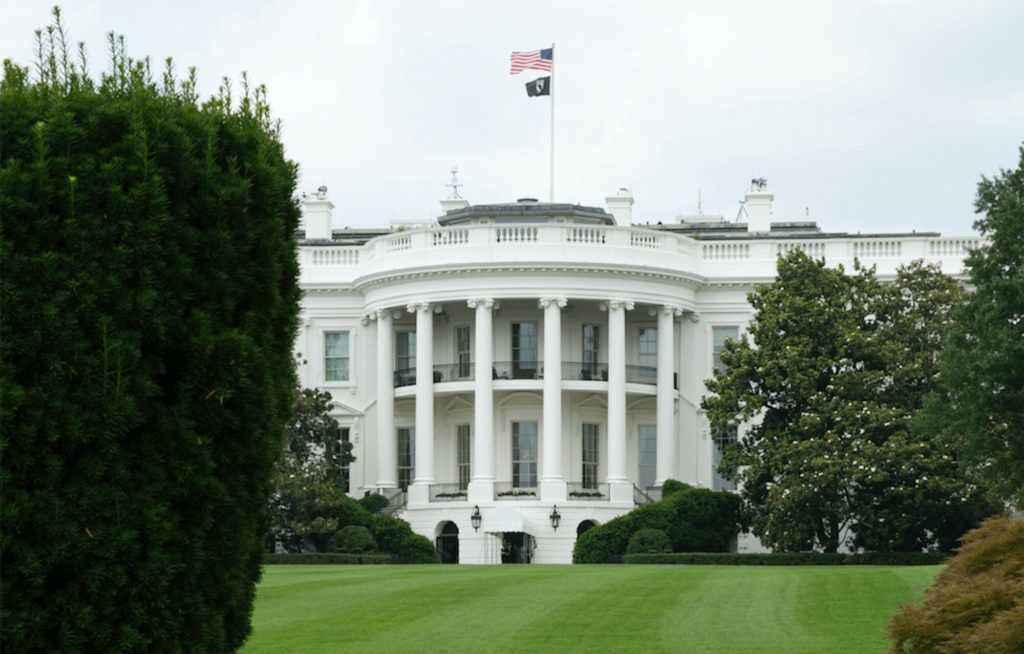
Medicare Advantage is going gangbusters. But not everyone in home care is enamored with the private Medicare program. The home health community has voiced displeasure with the rates that plans pay compared to fee-for-service Medicare. While the jury is still out with hospice providers, the Value-Based Insurance Design (VBID) Model Hospice Benefit is causing them some concern.
With the model, now in its second year, the Center for Medicare and Medicaid Innovation is testing the inclusion of the Part A hospice benefit within the MA benefits package. The test allows CMS to assess the impact on care delivery and quality of care, especially for palliative and hospice care, when participating MA plans are financially responsible for all Parts A and B benefits.
Hospice providers are wary — in part because of home health’s experience.
“We definitely have approached this with a lot of trepidation, because there are issues we have seen elsewhere when it comes to dealing with plans,” Theresa Forster, vice president for hospice policy for the National Association for Home Care & Hospice, recently told McKnight’s Home Care Daily Pulse.
She cited the challenges home health has experienced with plans’ coverage of services and their tendency to lag in reimbursing providers. As hospice has been a unique bundled benefit since its inception, she worries about MA plans not truly understanding or appreciating the hospice benefit, and their possible unwillingness to pay hospices at a certain level based on the value they provide.
She is not the only one to express reluctance with the VBID program. Ben Marcantonio, interim president and CEO of the National Hospice and Palliative Care Organization, said there are questions at this point about the quality measures that the VBID model is using to judge hospices’ performance.
“It’s not as well-defined as we’d like it to be at this point,” Marcantonio told McKnight’s Home Care Daily Pulse.
It’s important, he noted, that the metrics are consistent with the philosophy of hospice, a non-curative model of care that relies on an interdisciplinary team of physicians, nurses, spiritual care, social workers and others.
The value-based model should be “consistent enough with the core of hospice care to be measured in a way that’s fair and still providing a strong quality of care that is the hospice philosophy,” he said.
Still, there may be upsides to the VBID model, such as helping to modernize the hospice benefit. The hospice benefit could use an update, given that when it was created, it was based on cancer care and the progression of illness, Marcantonio said. The majority of hospice patients today are not cancer patients.
“We also are really committed to updating the current hospice benefit to a … more meaningful benefit [based on] what we’ve learned over the last 40 years,” Marcantonio said.


